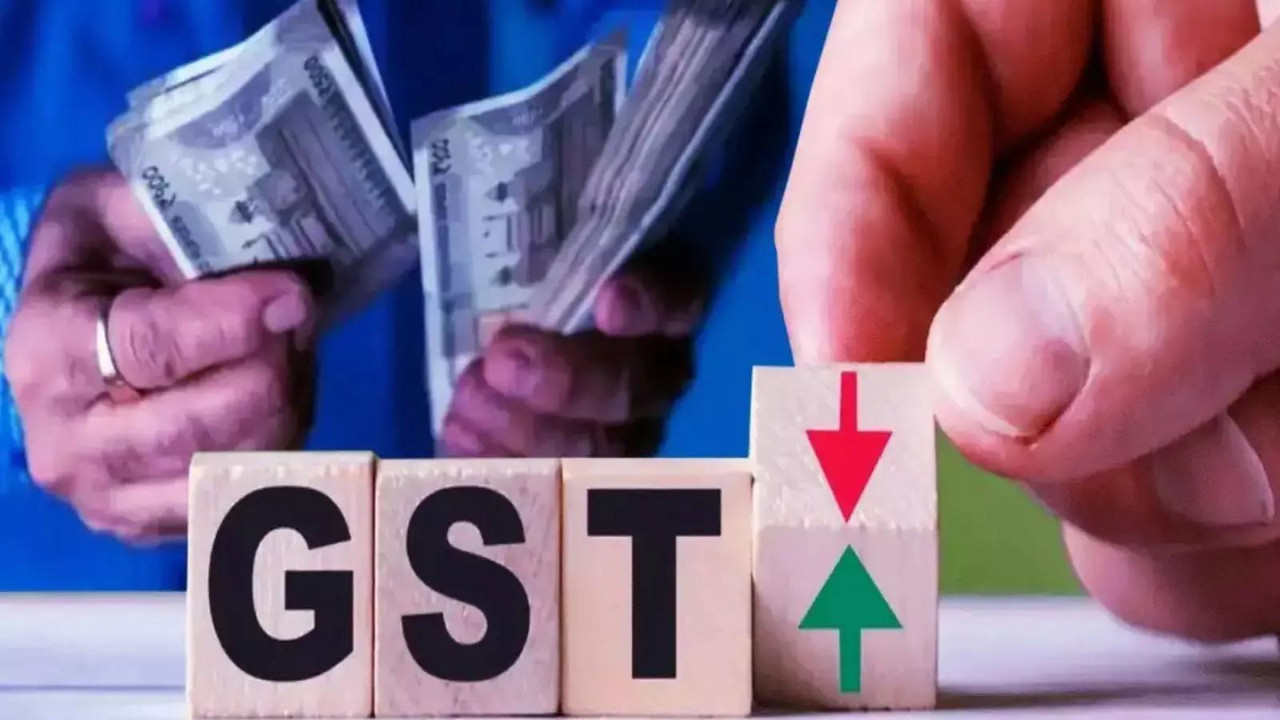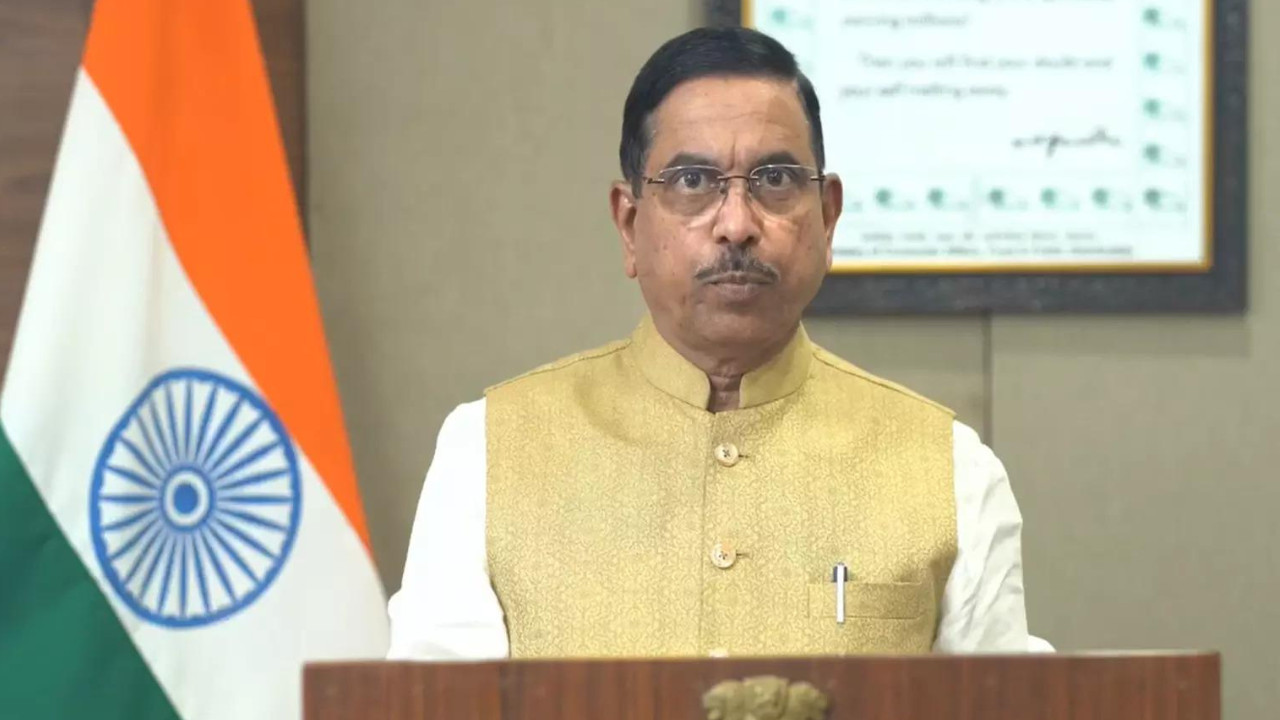October GST collections reached ₹1.96 lakh crore, a 4.6% rise, marking the slowest growth this fiscal. This moderation is attributed to pre-GST sales pauses and recent rate cuts. Despite this, experts anticipate a strong rebound in November’s figures, fueled by revived consumer demand and upcoming festive spending.
India’s GST Collections Surge Past ₹2 Lakh Crore in October: What’s Driving the Growth?
October brought a festive cheer to the Indian economy, and not just from Diwali lights! Goods and Services Tax (GST) collections for the month soared past the ₹2 lakh crore mark, a robust 13.4% increase compared to the same period last year. This significant upswing paints a picture of a resilient economy, defying some earlier predictions of a slowdown. But what’s fueling this impressive growth, especially amidst tax rate adjustments? Let’s dive in.
The total GST revenue collected in October 2024 reached a staggering ₹2,00,963 crore. Out of this, Central GST (CGST) accounted for ₹33,032 crore, State GST (SGST) stood at ₹42,127 crore, and Integrated GST (IGST) contributed ₹1,04,250 crore, including ₹50,778 crore collected on imports. The cess component amounted to ₹21,553 crore, including ₹9,565 crore collected on imports. This comprehensive breakdown illustrates the multifaceted nature of GST contributions across various sectors and regions.

Decoding the October GST Collection Numbers
This isn’t just a random spike. Several factors seem to be working in tandem to drive these impressive figures. For starters, the consistent rise in domestic transactions is a key contributor. As businesses recover and expand, so does their GST contribution. Additionally, robust import activity plays a crucial role, particularly reflected in the significant IGST collected on imports.
The government’s efforts to streamline GST processes and improve compliance are also bearing fruit. Anti-evasion measures and better data analytics are helping to plug loopholes and ensure more accurate reporting. This increased compliance translates directly into higher revenue collection.
Impact of Recent GST Rate Adjustments
It’s worth noting that this impressive growth comes despite recent reductions in GST rates on certain goods and services. While these rate cuts were aimed at providing relief to consumers and boosting demand, they naturally have an impact on the overall tax kitty. The fact that collections are still surging despite these adjustments indicates the underlying strength of the economy and the effectiveness of other contributing factors.
Consider how a reduction in the GST rate on, say, processed foods, might initially seem like a revenue hit. However, if that rate cut leads to increased consumption and higher sales volumes, the net effect on GST collections could be positive. This is precisely what seems to be happening across various sectors.
Looking Ahead: Sustainability of GST Growth
The question now is whether this growth momentum can be sustained. While it’s difficult to predict the future with certainty, several indicators point towards continued positive performance. The ongoing festive season is likely to maintain strong consumer demand, and the government’s continued focus on infrastructure development and economic reforms should provide further impetus. Check out our piece on how infrastructure investments can boost economic growth to get more insights.
However, potential global headwinds, such as rising inflation and geopolitical uncertainties, could pose challenges. Monitoring these external factors and adapting policies accordingly will be crucial to ensuring the long-term sustainability of GST growth.
GST Collections: A Reflection of India’s Economic Trajectory
The impressive GST collections in October are more than just a number; they are a reflection of the underlying resilience and dynamism of the Indian economy. While challenges remain, the positive trajectory suggests that India is on a path towards sustained economic growth. The government’s commitment to fiscal responsibility and continued reforms will be vital in maintaining this momentum and ensuring that the benefits of growth reach all segments of society. The surge in GST revenue shows that India is moving forward.







